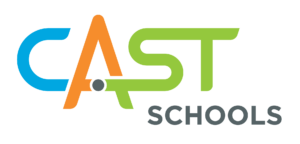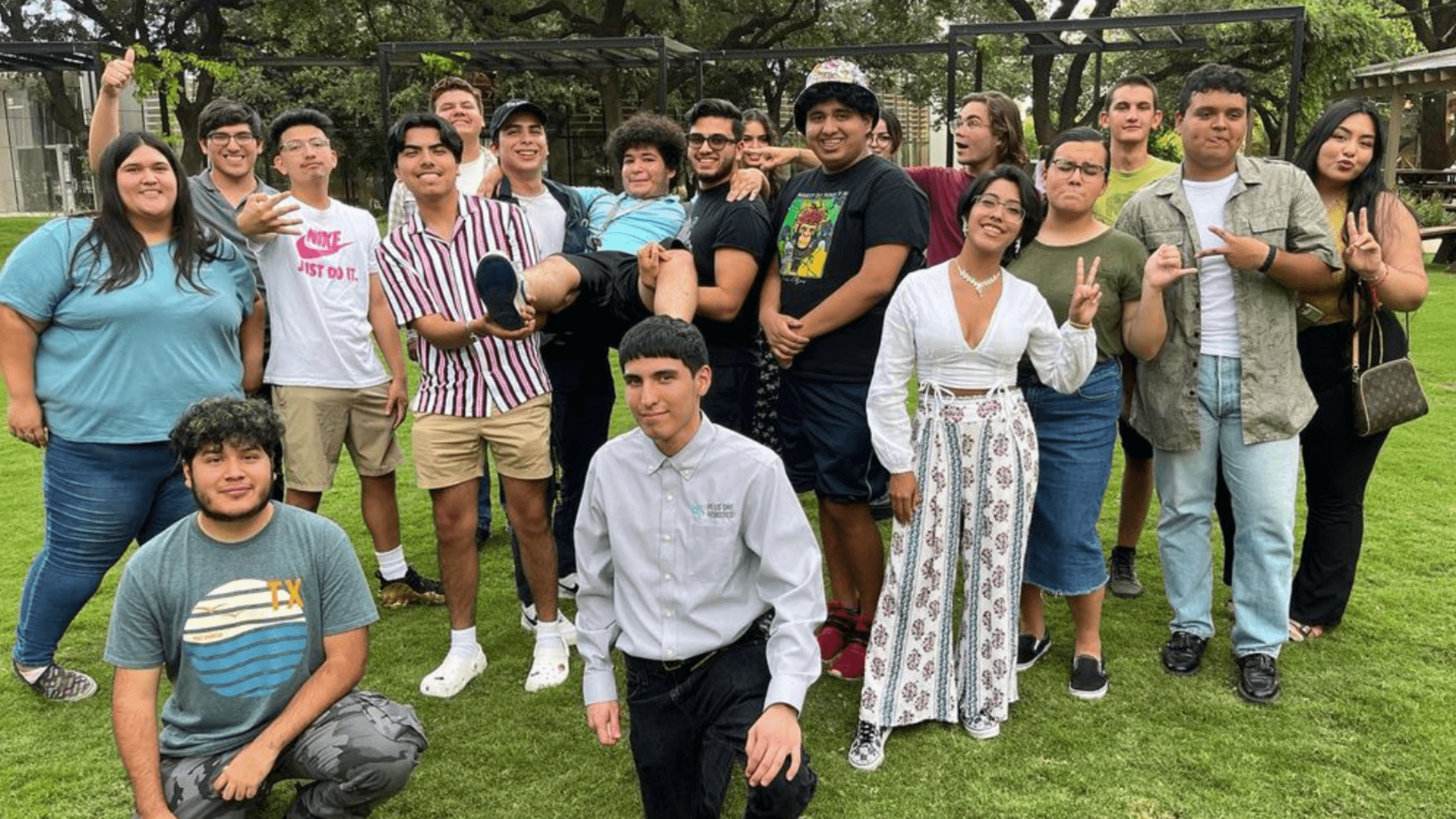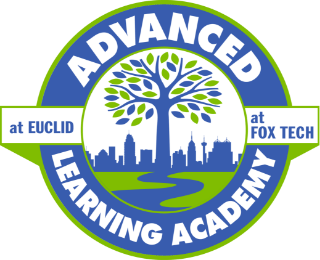We opened our first CAST School with a focus on college AND career in 2017 with an idea that we wanted to put students in the driver’s seat of their education.
Our students had made a choice of CAST Tech based on a career interest or aptitude; many said they were drawn to the school because at home they were the ones who fixed their parents’ phones. Once with us, we built on that initial choice by asking them to choose topics for projects, pathways, and even a mentor, or an internship.
We began to reconceptualize the process of college and career advising as student-centered.
What we meant by this was that our students would leave with a plan, one they had built, brick by brick, through experimentation, trying classes in their area of interest, participating in internships, and connecting with industry mentors.
More than a year ago, the Greater Texas Foundation decided to give CAST Schools their support to develop a framework for student-centered advising and a toolkit that other schools could also use. The backdrop to their grant is a counselor-to-student ratio in most American high schools exceeding 400:1. Regardless of the skill, caring, or passion of a high school counselor, there is not sufficient time to offer personalized college and career advising – unless students come to the conversation ready with focused questions and a clear idea of what they want to do after they leave high school.
Here are some of the things we’ve tried:
- We had been working with a national nonprofit, nXu, on purpose workshops with students and teachers. We decided to make this a core element of the 9th-grade year, to give students a guided process to begin to define their purpose in the world.
- We rolled out an annual student survey to track students’ perceptions of where they were on their college and career planning, whether they felt supported, and whether their plans met their expectations. We used this data to inform our ongoing work.
- We launched a new Early College Academy with the University of Texas at San Antonio (UTSA) so that students at CAST Tech High School could experience their first class in their major while still in high school. At each of our campuses, we have worked to give our students access to a mix of college coursework, when possible including some at a 4-year university, because talking to our students helped us realize how much that prepared them to be successful in that environment.
- We began gathering data more systematically on student internships, to ensure that all students had the experience in a workplace, and to use that real-world training to inform coursework, projects, and future plans.
- We have continuously refined our thinking about the senior year of high school, pushing to make it more of a blended experience where students are taking that first step into their next step, but with support. Some students engaged in research and capstone projects, others had their day freed for more intensive internships; others took more college courses.
- We’ve begun conducting interviews with seniors to help craft a plan for this transition year, with special attention toward those who were certain they would not go to college so we could offer more focused career advising prior to their graduation.
- We held our first two career fairs, with the goal of ensuring that students who planned to go directly to work would have their first job, in a career path of their choosing, prior to leaving us. Some local employers even offered preferential hiring to our students. In the lead-up to the fairs, we worked with students on LinkedIn profiles and partnered with the local startup Jobward to do resumes.
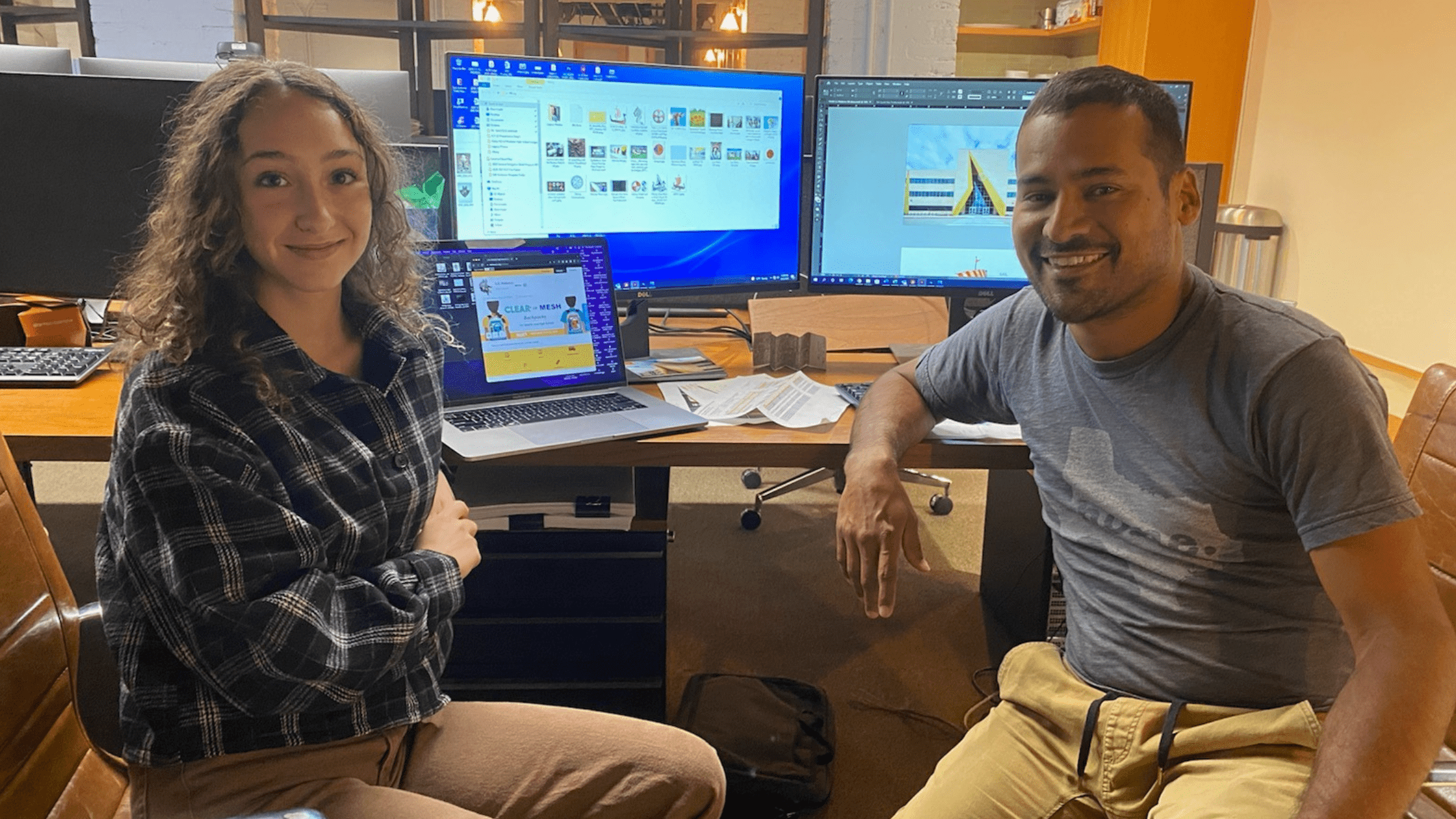
Midway through high school, Araceli Martinez-Higgins set her sights on the Savannah College of Art and Design (SCAD), a leading school for art and design with limited financial aid.
But once accepted, she reluctantly concluded the scholarships she had obtained would not stretch to cover the full cost. She contacted SCAD and found that the dual credit she had taken at CAST Tech would count for one full semester.
Working with SCAD, Martinez-Higgins crafted a plan to continue at San Antonio College for the summer and fall, her time paid for by Alamo Promise, and transferring into SCAD in January as a sophomore, with a year and a half worth of college credits under her belt.
“I was trying to figure out a way to save some money,” she said, “I’m saving $52,000. I’ll have 12 classes when I transfer.”
This kind of highly personalized solution, designed by the student herself, is what we had in mind when we proposed a model of student-centered advising. She’s a top student, one who had an internship at Alta Architects, a firm that helped shape her idea of what she wanted to study. While she epitomizes that agency we hope to see in students, we know many of our students still require so much more support.
There is so much more to do. For example, we are still thinking about how to engage parents in their students’ decision-making processes. We want to do more to rethink the senior year so that it is a blend of high school and whatever students plan to do when they leave – a job, college classes, or research projects.
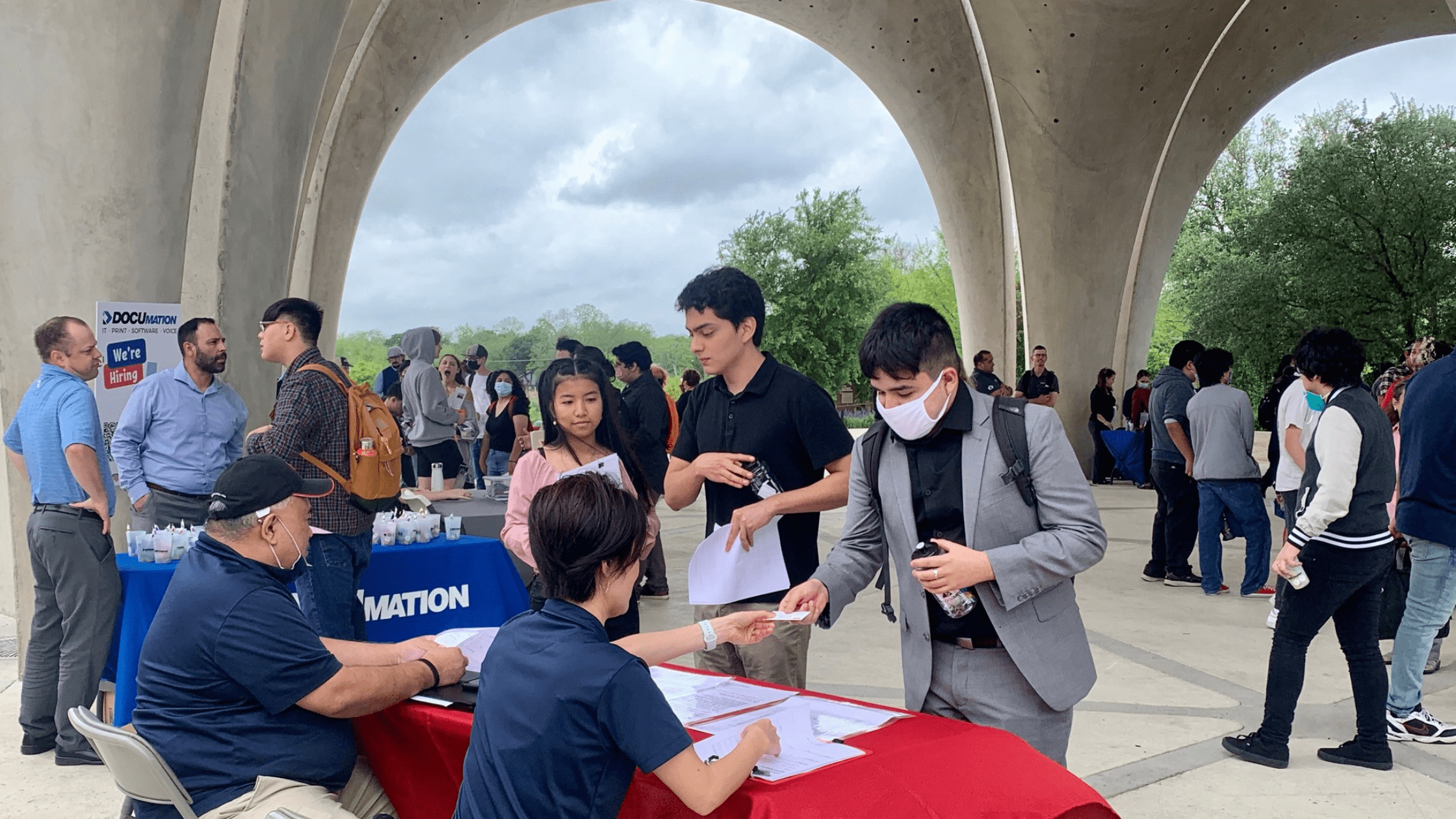
We need our students to have a deeper understanding of apprenticeships, which are rapidly growing in our community. We are strengthening our Alumni Network, and our partnerships with colleges, to create cohorts and support for our students as they go through these experiences together.
We are leveraging new partnerships, renewing our relationship with San Antonio’s cafécollege to strengthen college planning, and building a new one with the Houston-based Momentum.edu to offer online support for important college-planning tasks such as the college essay.
The CAST model is built around core pillars of youth voice and agency, relationships, equity, and authentic experience. We have learned that staying true to these pillars helps us stay true to our vision.
We are on the road to a model we believe other schools can learn from. What we are proposing is complex, because it radically alters the decision-making from adult to student, and it requires customization of the high school experience to serve students, and to best equip them for their next step after high school. But in a time of limited resources, it is also deceptively simple, because the more we can put power back into the hands of students, the more time spent with caring adults will mean.
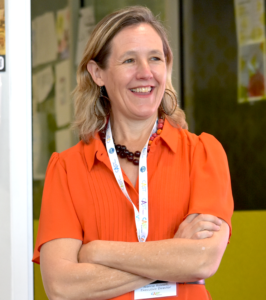
Jeanne Russell
Executive Director
CAST Schools
